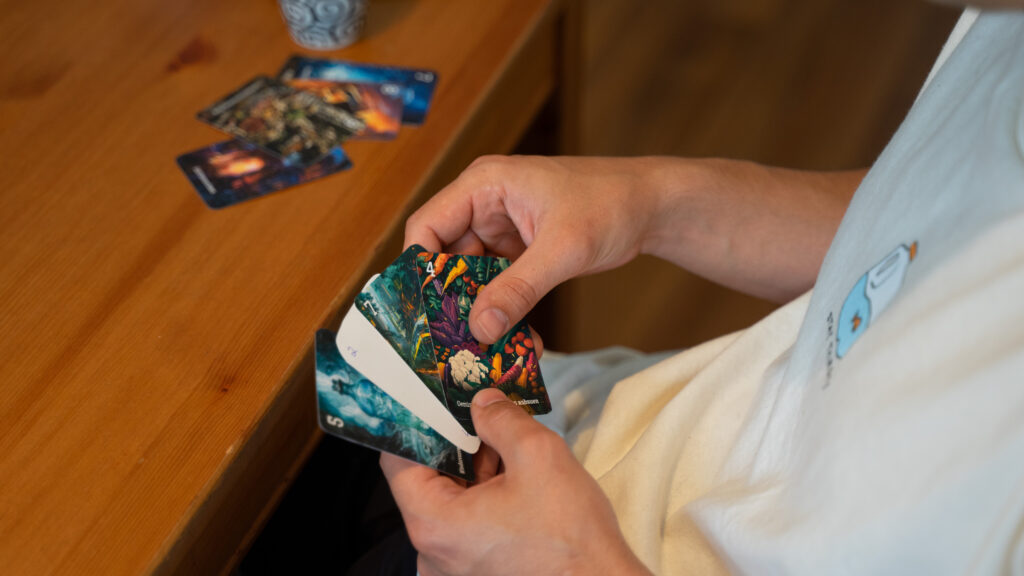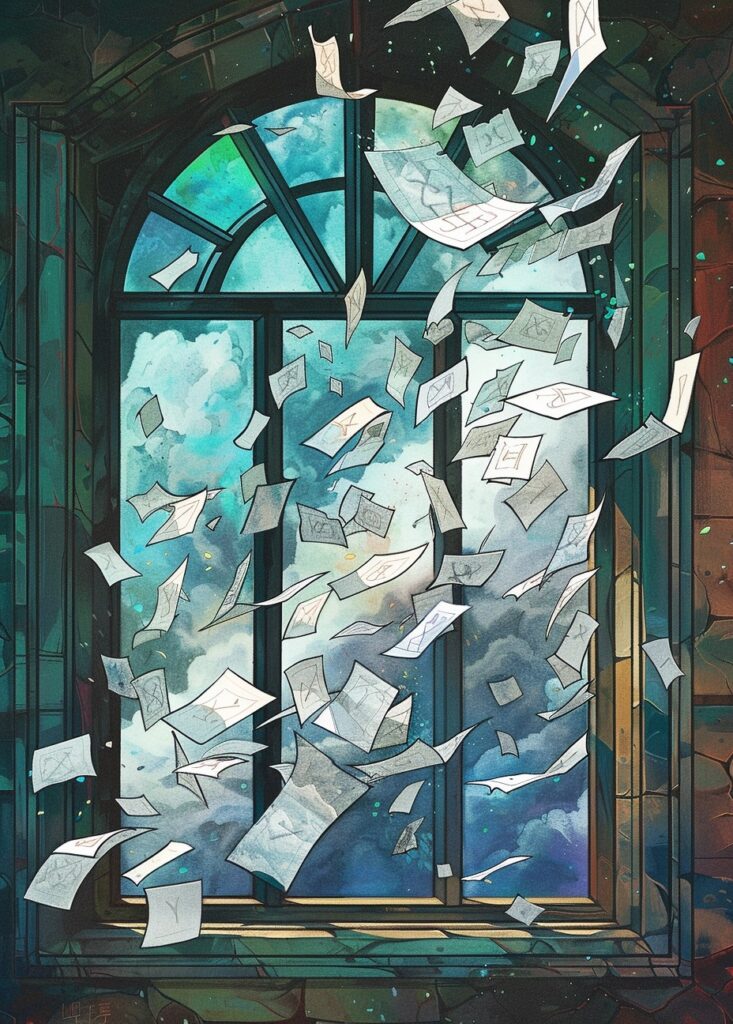I’m excited to share with you a video demonstration of my adaptation of the classic board game “Mensch ärgere dich nicht.” In this version, I’ve added a unique twist focused on sustainability and environmental education. Below is a video that walks you through the game. Please note that the audio and video quality might not be the best since I didn’t have professional equipment. Also, the video is in German, as the players were German speakers, and this made the most sense for the context. A detailed description of how the game is played can be found in blog post 17.
Unfortunately I can’t upload the video here because of the file size, but you can watch it here:
https://drive.google.com/file/d/1Fuqhzb4c88gWCH78gK7VYMnc6Bxh1T-y/view?usp=drive_link
In the video, you can see how the game incorporates special event fields and sustainability-themed event cards. Children learn more about environmental consciousness and sustainable decisions through various events and questions. The collection of environmental points helps reinforce the idea that sustainable actions are rewarded and crucial for overall victory.
Potential Improvements and Changes
Based on the feedback from my recent user testing, here are some potential additions and changes I might incorporate in the future to improve the game:
- Create additional questions with multiple-choice answers (e.g., a, b, c) for questions like „Why is recycling important?“ or „Why is it better to buy local food?“
- Incorporate more penalties to add variety, such as skipping a turn in the next round or having to go backwards.
- Allow players to use excess environmental points in creative ways.
- Integrate energy-saving fields more thoroughly into the gameplay or consider removing or changing them to something else for simplicity.
- Separate questions and good/bad news cards, assigning them to different event fields to ensure both types are used effectively.
Creating this game has been a great journey so far, and the feedback from user testing has been very valuable. It’s clear that while the game is already fun and educational, there is room for improvement to make it even more engaging and meaningful. I hope you enjoy watching the video and that it gives you a good sense of how the game works. Remember, I don’t use gender-specific language in the video, but of course all players are included.
















